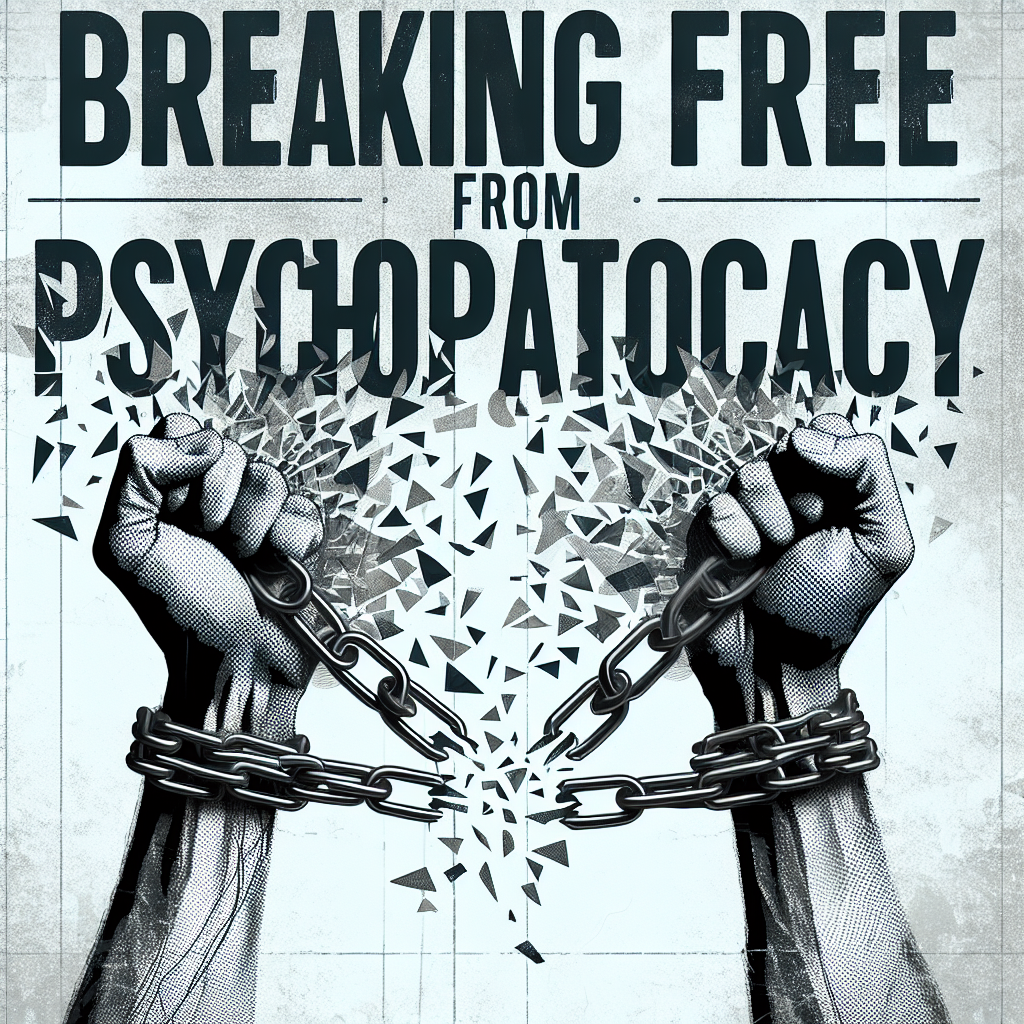The aftermath of Halloween has revealed a darker reality, where the unsettling terror doesn’t dissipate but intensifies, reflecting the chaotic atmosphere prevalent in current American politics. The author likens this chaos to a grotesque horror show, dominated by what he describes as the “Party of Chaos” — implicitly critiquing the Democratic Party’s grip on power. This institution is depicted as a relentless force, akin to a monstrous entity consuming the livelihoods and freedoms of the populace. The narrative paints a bleak picture of a political environment where the ruling party is more concerned with sustaining its power than addressing the needs or welfare of the nation. The metaphor of a massive, grotesque blob adept at devouring its surroundings serves to underline the danger the author perceives in the current political structure, suggesting it is morphed beyond repair into a destructive force that prioritizes its growth over societal well-being.
Delving deep into real-life examples, the author highlights an incident involving the New York Department of Environmental Conservation, where a couple’s pet animals were seized and killed. This act is framed within a broader critique of government overreach and cruelty, paralleling it to the injustices faced by ordinary citizens, such as a woman imprisoned for minor charges related to the Capitol events. Such narratives are employed to underscore a pervasive sense of helplessness within society, where the state seems poised to indiscriminately take individual rights and personal securities. The author argues that these acts of governmental tyranny resonate with people because they manifest a systematic pattern of disregard for one’s cherished possessions and freedoms.
The inadequacies of the political leadership grow evident through the author’s observation of Kamala Harris’s floundering attempts to communicate a coherent vision for governance. He suggests that her superficial rhetoric is a veil for the administration’s lack of genuine objectives beyond exerting control. Accusations are aimed at the ruling party for its fundamental incompetence, claiming it is ill-equipped to manage a complex economy and instead opts for authoritarian measures to steer compliance and conformity. This notion points to a deeper ideological struggle wherein the government’s thirst for control supersedes any authentic economic or social reform efforts. The author further postulates that this form of governance must inevitably oppose any emerging ideas or principles that threaten its authority, reflecting a broader global tendency towards authoritarianism.
The impending election cycle is heralded as a period rife with complications and challenges, particularly concerning the integrity and transparency of the electoral process. The author sets the stage for a tumultuous period where elections may devolve into chaos, marked by undebatable outcomes and widespread disputes. This predicament is not viewed merely as incidental but as a calculated maneuver by the Party of Chaos to perpetuate disorder and inhibit substantive political discourse. The critiques draw attention to the utilization of opaque voting systems, the introduction of contentious voting mechanisms, and potential illegal registrations, all of which are framed as tactics to undermine trust in democratic processes.
Central to the electoral chaos is Marc Elias, a noted figure whose influence is depicted as pivotal in manipulating voting structures to the benefit of the Democratic Party. Through extensive financial backing from various powerful entities, Elias is characterized as orchestrating a systematic endeavor to destabilize electoral integrity, aimed at marginalizing opposition voices while consolidating power for the ruling party. This narrative paints a picture of a clandestine war against the principles of democratic consent, portraying political maneuvers that are deemed perverse and even treacherous. As the text develops this theme, the author evokes a sense of impending national peril as political psychopaths scheme to deprive citizens of their rights and the capacity to govern themselves.
The author also calls attention to the contradictory stances held by political actors, with Representative Jamie Raskin serving as a focal point in this critique. Raskin’s comments regarding the acceptance of election results expose a troubling hypocrisy, as his declaration of allowing only self-defined “free and fair” elections echoes the sentiment he has previously condemned in Donald Trump. The implications of such double standards suggest a broader problem within the political establishment, where the intent to manipulate and redefine democratic principles undermines the foundations of accountability and integrity in governance. This failing is posited as a contributory factor to a growing climate of insurrectionary sentiments, which portends significant political strife in the near future.
Ultimately, the author foresees a challenging winter ahead for the American populace, fraught with potential crises instigated by the government and its accompanying entities. There lurks an expectation of orchestrated chaos, from false flag operations designed to incite civil unrest to calculated efforts directed at silencing dissenting voices. The intention behind these actions, as suggested, appears to be an evasion of accountability for prior abuses of power, posing grim prospects for civil society. The text concludes with a solemn declaration of urgency, emphasizing the necessity to confront and overcome the entrenched power structures that threaten democratic integrity, marking a call to vigilance amidst what the author views as an existential threat to democracy itself. The reflection on contemporary political dynamics offers a sobering insight into the complexities and dangers currently facing the nation.

